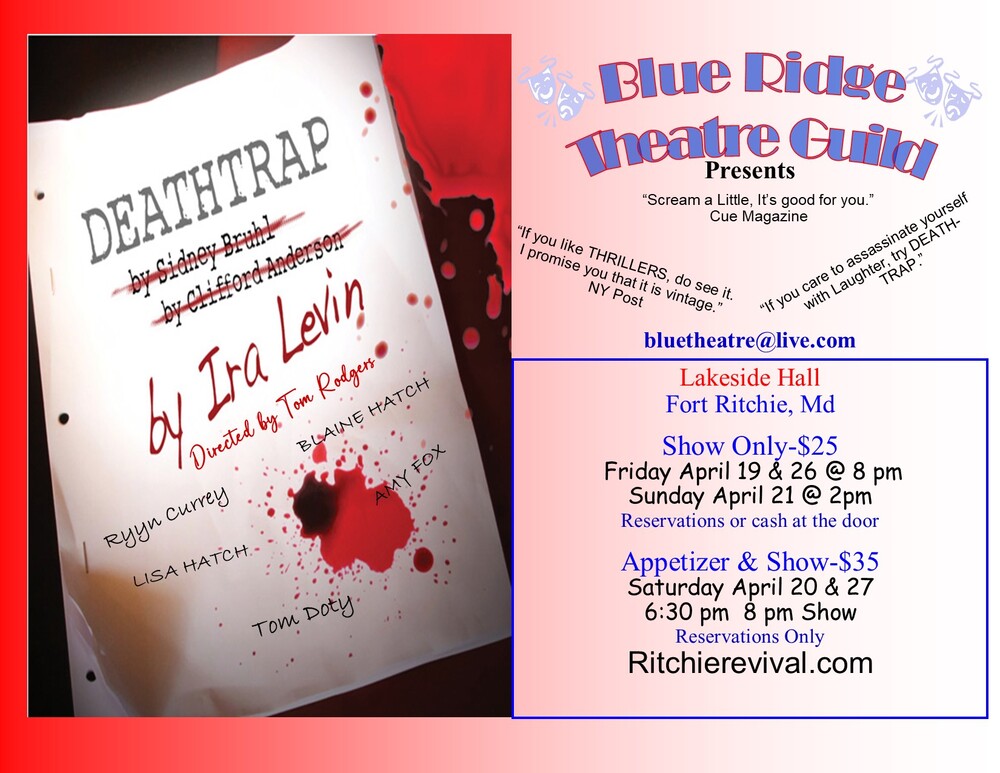For those newer to the game of golf, a common question might be, “What Is A Birdie In Golf?”
The term birdie in golf is used to represent a score, on a particular hole, that required one fewer shot than the suggested par. For example, if the hole is a par 4, and you only need 3 shots to complete the hole, your score would be termed a birdie.
Of course, we must understand what is par, to better understand what a birdie represents. Par is the number of strokes a golfer with a 0 handicap (also known as a scratch golfer) is most likely to score on a particular hole. When calculating par, there are always 2 putts allowed per hole, and thus the remaining number represents the number of strokes it should take to reach the green.
There are different golf terms used to signify if a golfer made par, or a score above par, or a score below par. Each score also carries with hit a specific marking on the scorecard for easy reference.
The term under par (sometimes referred to as below par) indicates a golfer completed a golf hole, or a round of golf, or an entire golf tournament, in fewer shots than par suggested.
A par of 72 on an 18 hole course is most common and this frequently means there are four par 3s, four par 5s, and ten par 4s. There is no rule, however, requiring this number of par 3s, par 4s and par 5s on a par 72 golf course. A course could just as easily have three par 3s, three par 5s, and ten par 4s to still total the same par 72.
An 18 hole golf course with a par of 71 or 70 is less common than par of 72. A par 71 course will often have one extra par 3 or one fewer par 5.
A par 73 is quite rare, but they do exist. Pilgrim’s Run in Pierson Michigan has one fewer par 3 and one extra par 4, than found on a traditional par 72 golf course. This allows Pilgrim’s Run to be one of the more unique golf courses located in the United States.
A birdie is a good thing in golf. Many amateur golfers play an entire round of golf without scoring a single birdie on any hole. It may appear as though a birdie is common when watching professional golfers on television, but the truth is, very few golfers achieve the score of a birdie during a round of golf.
Anytime a golfer is able to complete a hole in golf in fewer shots than suggested by par, it is recognized as a very good score. While most golfers strive to make par on a hole, a birdie is better.
We now know a birdie is a good score and quite rare, but an eagle signifies an even more rare event in golf. When asking what is better birdie or eagle, the answer is an eagle. An eagle signifies 2 shots under par, while a birdie signifies 1 shot under par.
For example, on a par 5, you would score a par if you took 5 strokes to complete the hole. You would score a birdie if it took you 4 strokes to complete the hole. And if you were able to complete the hole in only 3 strokes, you would score an eagle.
You may be asking yourself, what is a hole in one called in golf? When a golfer scores a hole in one, on a par 3, they technically have finished with an eagle on this hole.
Since this is a special and rare event, as it only took the golfer a single tee shot to complete an entire hole in golf, it earns a special term known as a hole in one. Many golfers will also refer to a hole in one as an Ace.
How unlikely is a hole in one? It has been estimated that the odds for an average golfer to make a hole-in-one is 12,500 to 1.
An albatross is the golf term used when scoring one shot better than an eagle. To continue with the par 5 example above, an eagle is the term used when it takes 3 shots to finish a par 5, and an albatross is used when it takes only 2 shots to finish a par 5.
Bogey is the golf term used when a golfer completes a hole in one more stroke than par. This means, if a golfer is playing a par 5 and it takes them 6 strokes to complete the hole, they would receive a bogey on that hole. In other words, a bogey is one over par on a hole.
When a golfer scores worse than a bogey on a given hole, it is often referred to as other.
Examples of scoring an other include: Using the term double bogey is when a golfer scores two over par on a hole. A triple bogey is the term used when a golfer scores three over par on a hole. A quadruple bogey is when a golfer scores four over par on a single golf hole.
Even professional golfers can score a quadruple bogey.
The purpose of marking circles and squares on a golf scorecard is for the benefit of quick math at the end of a round.
A circle is a correct mark when a player finishes a hole with a birdie. A square is the marking used when a player finishes a hole with a bogey. There is no mark placed around a score when a player finishes an individual hole with a par. So at the end of 18 holes, if a golfer has 2 circles and 2 squares, it is known that they finished with a score of even-par without having to add up 18 individual numbers.
A single square or box placed around a score on a particular hole indicates a bogey. While a double square (or two boxes) indicates a double bogey. So, for example, a golfer that completes a par 5 in 7 strokes would also draw two boxes around the number 7 on their scorecard.
Golf Rules! is a column written by Jillian Pavlick with the assistance of her amateur golfer husband Jonathan. Join Jillian as she learns the rules of the game and shares some tips and tricks along the way.


















